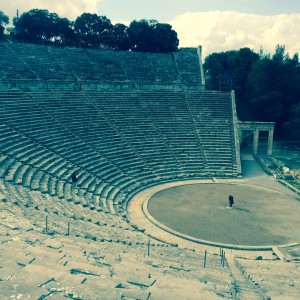
There is currently a lot of interest in newer surgical techniques for treating glaucoma. Until recently, if the intraocular pressure could not be controlled with drops, and in some cases laser treatment, glaucoma specialists resorted to glaucoma surgery, either trabeculectomy (where a trapdoor flap is created to relieve pressure), or a tube. Whilst successful, these operations are invasive, time consuming, and carry risks and significant side effects.
Minimally invasive glaucoma surgery is an alternative approach – whereby one or more very small stents (tubes) are inserted into the drainage part of the eye (the trabecular meshwork). These procedures are less invasive, and quick to perform. I have recently become one of the first group of surgeons in the UK to start using the “iStent” (there’s definitely a joke in there somewhere about being an iSurgeon…).
The iStent is a tiny hollow tube that is made out of titanium metal, and is only 1 mm long. It is thought to be the smallest medical device to be implanted in the human body. It is inserted into a specific part of the microscopic drainage canal structure of the eye (Schlemm’s canal – part of the trabecular meshwork). It’s inserted using a microscope, thereby improving the drainage of aqueous fluid and lowering the eye pressure.
The surgery time is quite quick, (5–10 minutes) and the iStent procedure is often combined with cataract surgery. An ideal candidate for use of the iStent would be a patient with mild glaucoma, who is taking one or two glaucoma drops, and who is embarking upon cataract surgery. Following surgery, we would hope that the patient might be able to stop a glaucoma drop.
As a minimally invasive procedure, most specialists, myself included, believe that the iStent is a mild treatment that offers benefits to some patients. It is certainly not a “miracle”, but it has the advantage of minimal side effects. So far, my early results are encouraging, and I look forward to following up my early patients to establish its usefulness in the long term.
Finally, and worth mentioning, is that although the iStent is made of metal, it is non-magnetic titanium, so patients are safe to have future MRI scans!






